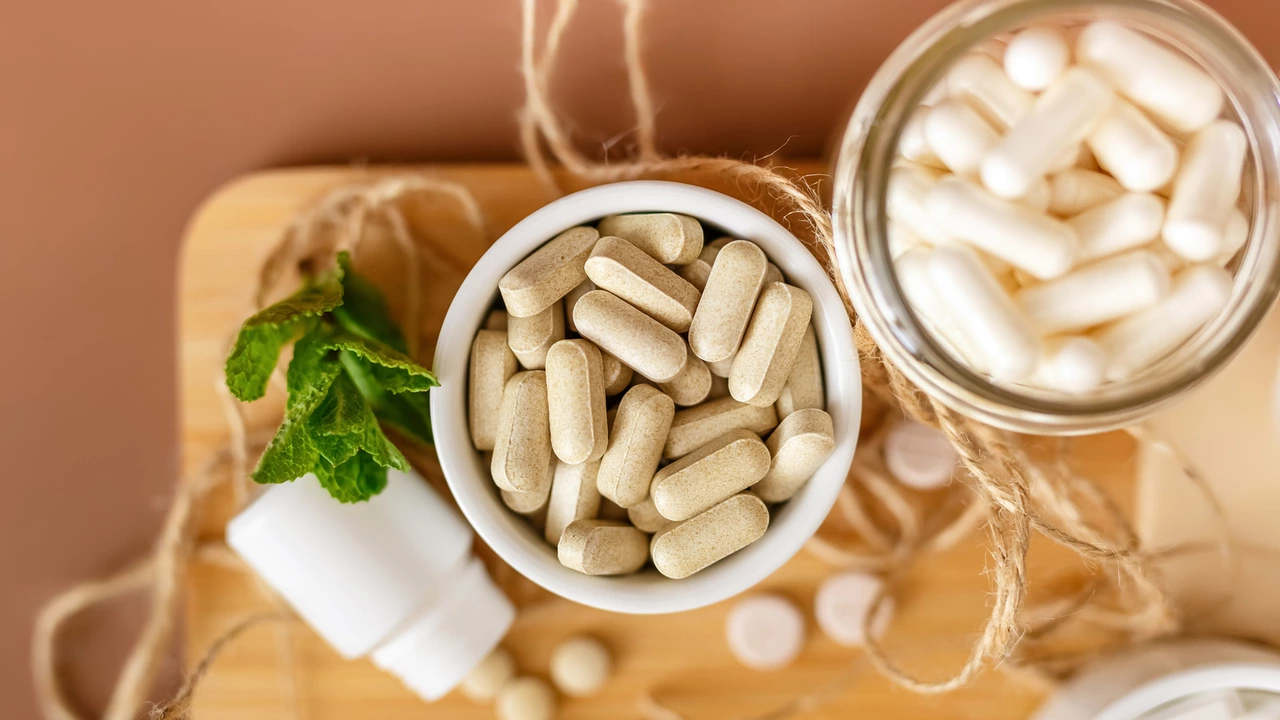Sweet Woodruff: What It Is and Why People Use It
Sweet woodruff (Galium odoratum) is a low-growing, shade-loving herb with a fresh, hay-like scent. You’ve probably smelled it in a May wine, a spring syrup, or a potpourri blend. People use it for flavoring desserts and drinks, as a groundcover in shady gardens, and sometimes in traditional herbal recipes. It’s pretty and smells nice, but it’s not something to use without a little care.
How to use sweet woodruff
Culinary uses are the most common: add a few fresh leaves to a jug of white wine for a classic German "May wine," steep a small handful in cream for flavored desserts, or make a short syrup for cocktails. Fresh leaves are stronger than dried ones; drying mellows the aroma. For a simple syrup: simmer 1 cup sugar with 1 cup water and a handful of fresh leaves for 5–10 minutes, cool, strain, and store in the fridge.
For tea, use just 1–2 grams of fresh leaves or a pinch of dried leaves per cup—taste as you go. If you grow sweet woodruff, harvest before it flowers for the best flavor. As a garden plant, it makes a dense groundcover that spreads by roots and tolerates deep shade and moist soil.
Safety, dosage, and interactions
Here’s the important part: sweet woodruff contains coumarin, a compound that smells like fresh hay but can be toxic if you eat a lot. High doses have been linked to liver damage and can increase bleeding risk. That means avoid long-term or high-dose internal use. Don’t give it to pregnant or breastfeeding people or to children.
If you take blood thinners (warfarin, apixaban, etc.), aspirin regularly, or have liver disease, avoid internal use of sweet woodruff. There’s no standard medicinal dose—recipes use tiny amounts for flavor, not therapy. If you’re thinking about a supplement or a daily tea for health reasons, talk to a healthcare pro first.
When buying, choose reputable herb suppliers or nurseries. Avoid products that promise cures. Labels should list Galium odoratum and clear instructions. If you grow your own, wash leaves well and don’t harvest from roadsides where pollution could be an issue.
Want to try it safely? Use small amounts as a flavoring, avoid daily heavy use, and never mix it with blood-thinning drugs. For gardening, plant it in shady, moist spots and divide every few years to keep it healthy. If anything feels off after eating it—nausea, unusual bleeding, jaundice—stop and get medical help.
Sweet woodruff is lovely in the right dose and place: a spring flavor here and there, a shady groundcover in the garden. Just respect the risks and don’t treat it like a medicine without expert advice.

Dive into the World of Sweet Woodruff: Your New Favorite Dietary Supplement
- by Colin Edward Egan
- on 3 Jun 2023
I recently discovered the amazing world of Sweet Woodruff, and I'm excited to share that it has quickly become my new favorite dietary supplement! This versatile herb not only has a delightful aroma but is also packed with health benefits. It's known for its calming effects, which can help with sleep and digestion. Plus, its detoxifying properties are great for boosting our overall well-being. I can't wait to see the positive changes it brings to my daily routine!
